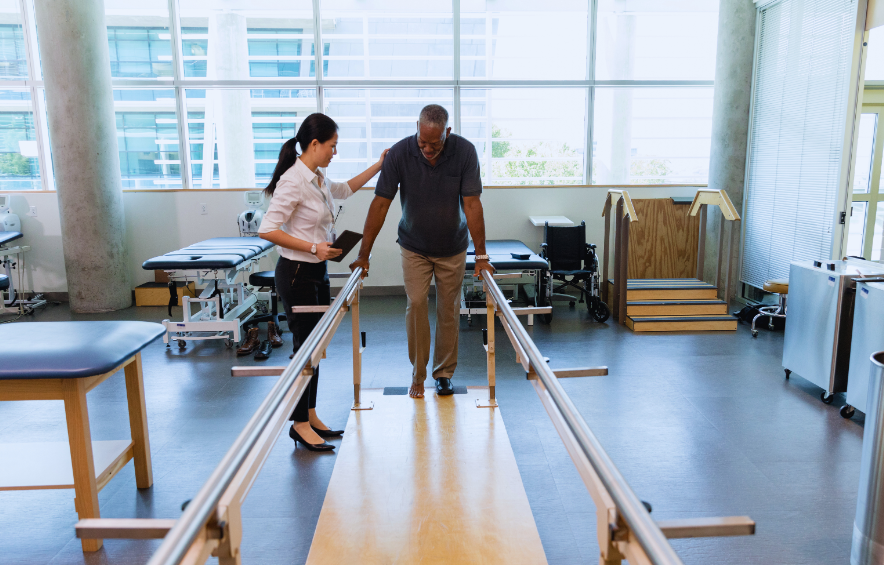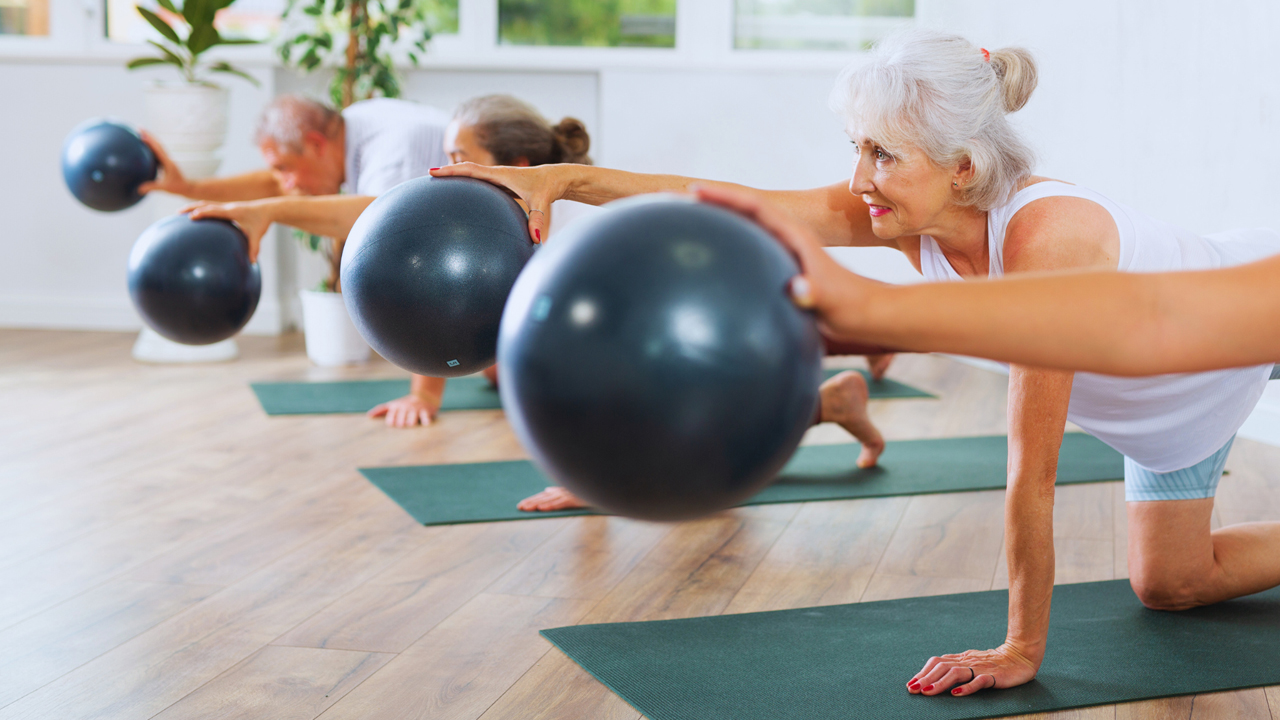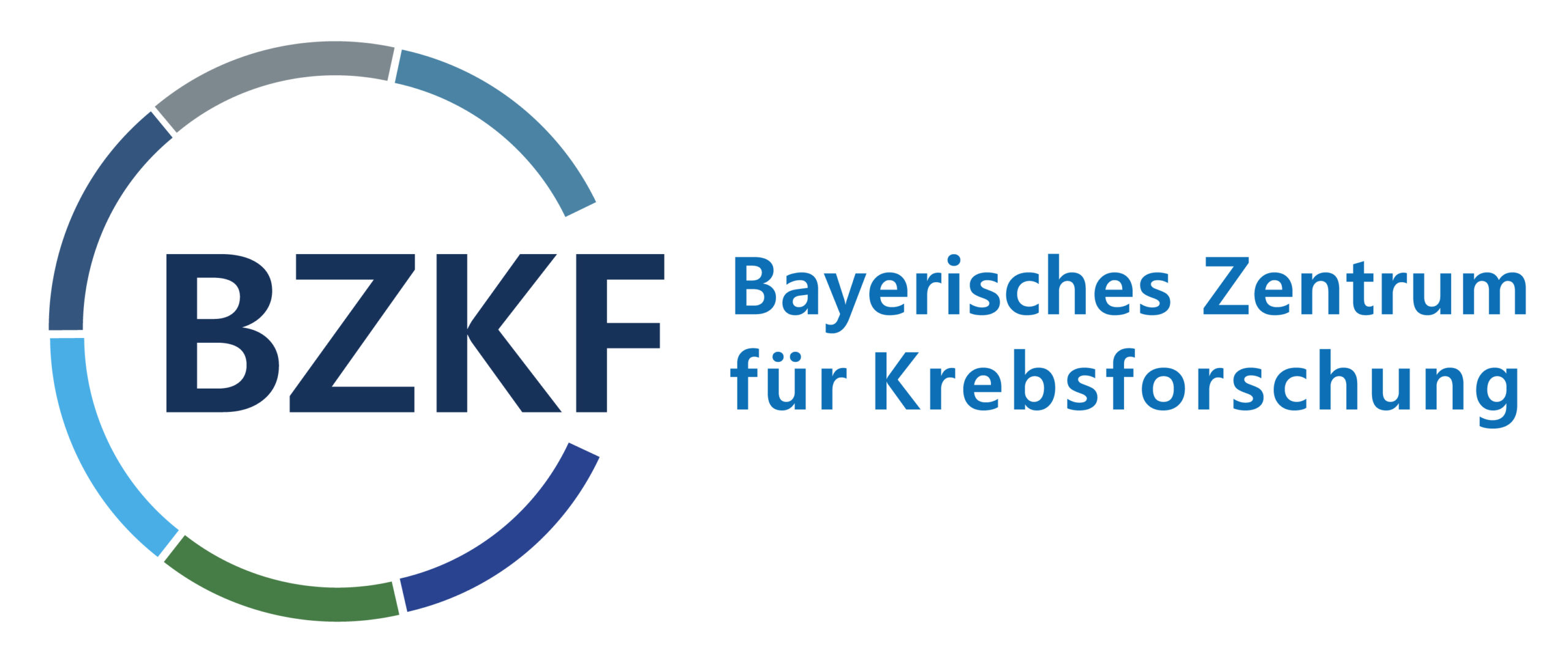
Measures, objectives and process
Rehabilitation after cancer treatment covers several aspects. Oncological rehabilitation serves to support the success of the therapy and to make patients physically fit again. This primarily involves medical measures. However, those affected are also supported in coping with psychological problems that have arisen as a result of the disease. So-called psychosocial counseling services help them to find their way back into everyday life. Oncological rehabilitation can take place on an outpatient, semi-inpatient or inpatient basis.
The AHB (follow-up treatment) takes place directly after the therapy in the clinic. This means that patients are not usually discharged home, rather the AHB follows directly after the cancer treatment and is organized by the clinic. The measures correspond to those of oncological rehabilitation.
Discuss measures
The selection of rehabilitation medical measures ranges from targeted physiotherapy, individually tailored exercise therapies, massages and therapeutic baths to occupational therapy and counseling and help with psychological problems associated with cancer.
The question of which measures are particularly important and recommended during oncological rehabilitation or AHB should be discussed with the attending physician as a first step. This is because, on the one hand, a medical opinion is required for the rehab application and, on the other hand, the objectives of the rehab must also be listed in this application. And these vary depending on the tumor disease. In addition, the severity of the illness or the impairment caused by side effects are not the same for all patients. A hospital social service can provide additional support with the application.
Telephone cancer counseling
You can also obtain further general information on the subject of rehabilitation via the free BürgerTelefonKrebs: 0800 85 100 80.
Our staff will be happy to answer your questions and help you!



